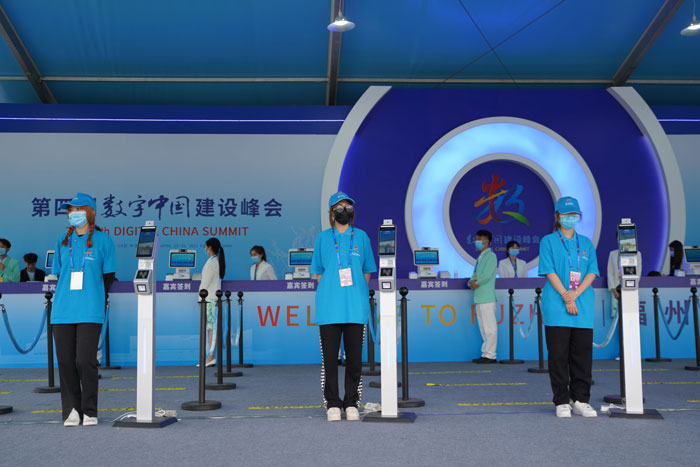It is understood that the face recognition technology is currently mainly used in the finance and security areas in China.
For example, the face recognition of Daxing Airport, which was hot some time ago, is a huge market in the airport security inspection field. At present, the security inspection system of many airports has adopted face recognition technology. In fact, it is not only available in public places such as airports, train stations, schools, etc, there will be more demands in the future. The monitoring increment space is huge, and the application prospect of face recognition is broad.
In addition, facial payment has become very popular in the financial field,relevant departments will issue related financial standards of facial recognition to clarify the security management requirements for the collection, transmission, storage, and utilization of facial information.
The same is the use of facial recognition equipment, why some are used for high-speed rail security checks, and some are used for facial payment? Let's start with the hardware devices and software algorithms for face recognition.

Generally speaking, most of the face recognition devices that are not strict about identity verification use 2D face recognition, and those that are more strict on identity verification use 3D recognition. They mainly use 3D structured light, TOF and other face cameras to measure the distance between eyes. , Nose height, and other three-dimensional face information.
At the same time, according to its application scenario,face terminal recognition and the corresponding number of people,to divide into 1:1, 1:N and M:N face recognition mode.
1:1 mode-mainly used in one-to-one identity recognition scenarios, such as face payment, hotel check-in, examination identity verification, personal identification comparison, etc. The user stands in front of the face recognition terminal for a few seconds during the process (static recognition), and then performs identity verification through the face recognition camera to prove that "you are you". Because of the application scenarios that require real-name system such as face payment, hotel check-in registration, examination identity verification, person and card comparison, mistakes of a person may bring risks, so the recognition accuracy is generally required to reach 99% or more to ensure accurate identity correspondence .
1:N mode-mainly used in one-to-many face recognition scenarios, which is to find the person you are looking for from N faces to find out "who are you". The company’s face-scanning attendance is also through the face recognition equipment, from the company’s internal face database to find out whether you are an employee of the company, and then you can open the door. For another example, the public security department wants to find out the fugitives recorded in the database from places with dense crowds, and it needs to filter out matching people from a large amount of information in the face database. This type of mode tests the capacity of the portrait database, and the accuracy rate is slightly lower than that of the 1:1 mode by 5%-10%.
M:N mode-here M can be understood as a database. The M:N model is mostly used in places where there is a large flow of people and public safety needs to be guaranteed. For example, in railway stations, concerts, and large-scale sports events, when this type of face recognition is performed, usually the recognized subject will not stay in one place, and is in a state of motion (such as passengers in a hurry at a high-speed train station), which belongs to dynamic recognition,it is easily affected by profile, light, distance, etc and the accuracy is the lowest among these three modes. Facing a large amount of data, face recognition scenarios may be necessary to perform edge calculations through a face recognition terminal to reduce the burden on the database background.